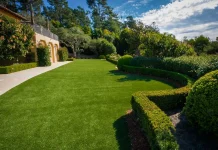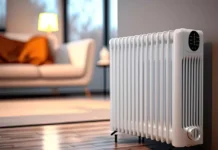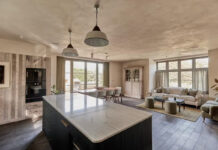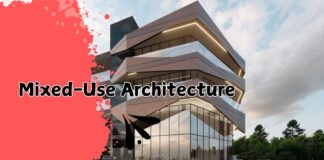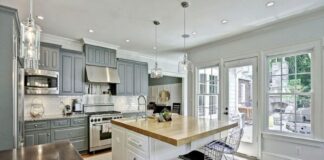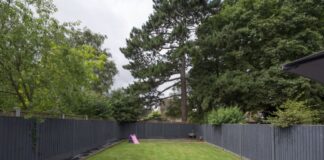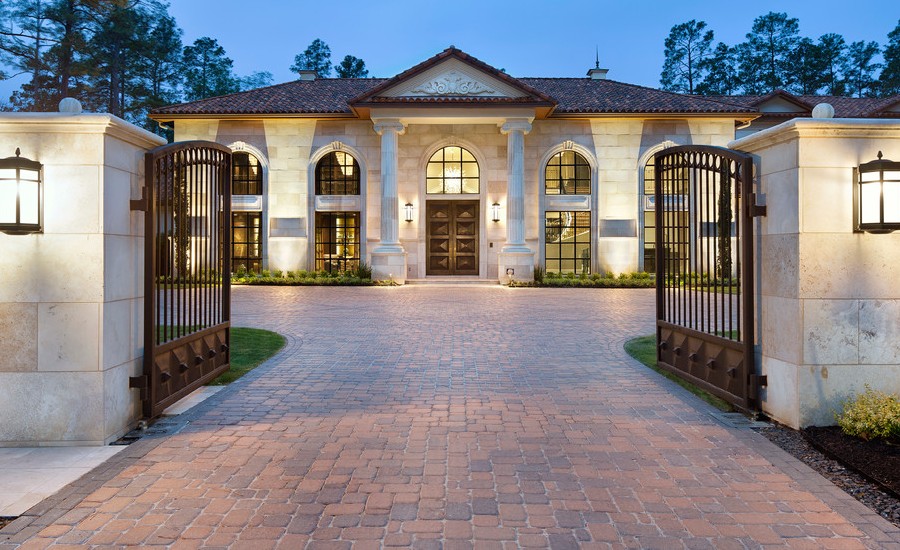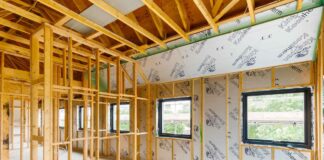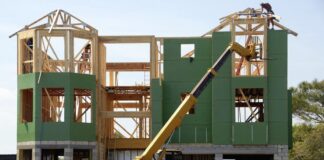In the evolving landscape of modern office design, the cubicle has undergone a remarkable transformation. From traditional confinements to contemporary, versatile spaces, cubicle partition systems have adapted to meet the diverse needs of today’s workplaces. These modular units not only define personal workspaces but also facilitate collaboration, privacy, and productivity. Understanding the nuances of modern cubicle partition systems is essential for creating functional, adaptable, and aesthetically pleasing office environments.
Evolution of Cubicle Partition Systems
The inception of cubicles dates back to the 1960s when Robert Propst, a designer at Herman Miller, introduced the Action Office system. This revolutionary concept aimed to offer privacy without sacrificing openness. However, the initial models lacked flexibility and creativity.
Fast forward to the present, and cubicles have undergone a dramatic transformation. Today’s office cubicle partition systems are designed to be highly adaptable, allowing for reconfiguration and customization to suit the ever-changing needs of the modern workplace. They come in various shapes, sizes, materials, and configurations, offering a blend of functionality and style.

Functional Features
Modern cubicle partition systems prioritize functionality. They incorporate numerous features tailored to enhance productivity and comfort. Height-adjustable panels allow for customization, providing both privacy and an open environment conducive to collaboration. Integrated technology solutions, such as power outlets and data ports, cater to the tech-savvy workforce, ensuring connectivity and convenience.
Moreover, ergonomic considerations are embedded within these systems, promoting employee well-being. Adjustable desks, ergonomic chairs, and proper lighting within cubicles contribute to a healthier and more comfortable workspace.
Design and Aesthetics
Gone are the days of dull, uniform cubicles. Today’s designs emphasize aesthetics and personalization. Cubicle partition systems come in a spectrum of colors, materials, and finishes, allowing companies to align their office aesthetics with their brand identity. Glass partitions create a sense of openness while still offering privacy, contributing to a more inviting and spacious atmosphere.
Furthermore, the adaptability of modern cubicles enables creative arrangements. Modular panels, curved walls, and customizable layouts enable offices to create unique configurations that reflect their culture and workflow.
Collaboration and Privacy
Balancing collaboration and privacy is crucial in office design. Modern office cubicle partition systems strike this balance adeptly. While providing individual work zones, these systems also facilitate teamwork by allowing easy communication and interaction between employees. Transparent or semi-transparent panels foster a sense of connectivity without compromising privacy.
Additionally, some systems offer acoustic features to minimize noise, enhancing focus and concentration within individual workspaces. This equilibrium between collaboration and privacy cultivates a harmonious work environment.
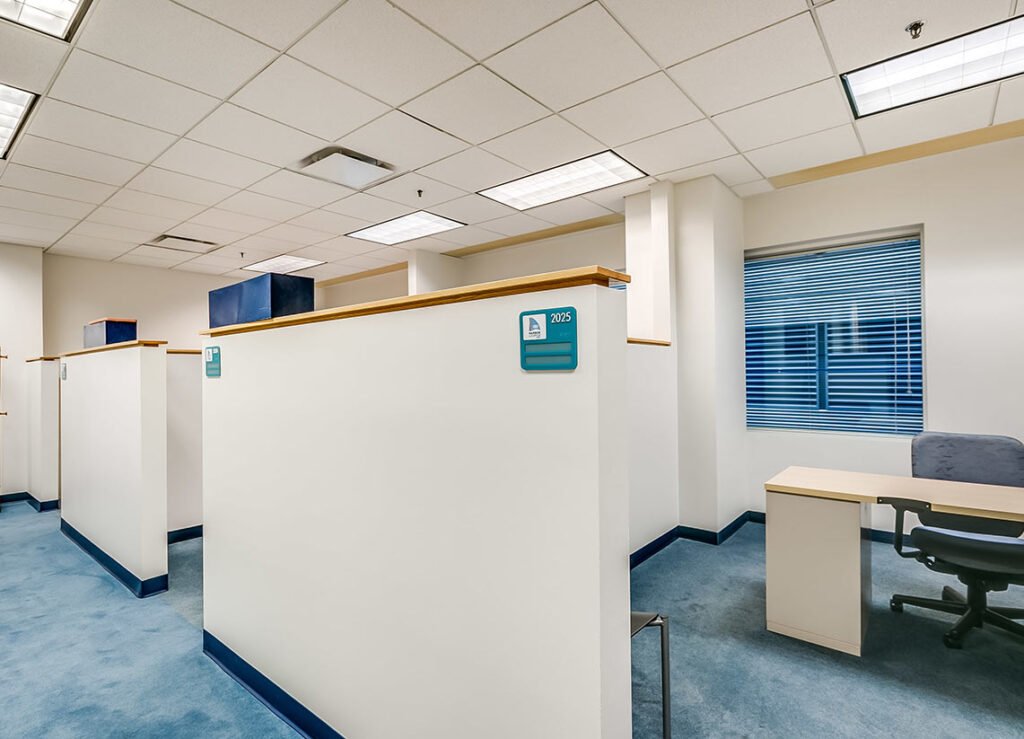
Sustainability and Adaptability
Sustainability is a key consideration in modern office design. Cubicle partition systems are designed with environmentally friendly materials and construction methods. Many are made from recycled materials and are themselves recyclable, contributing to a greener workplace.
Moreover, the adaptability of these systems ensures longevity. They can be easily reconfigured, expanded, or repurposed as the needs of the organization evolve, reducing the need for frequent replacements and minimizing waste.
Cost-effectiveness and Efficiency
Investing in modern cubicle office partition systems offers long-term cost-effectiveness. Their modular nature allows for easy installation and maintenance. They can adapt to changing office layouts and requirements, eliminating the need for extensive renovations.
Furthermore, these systems optimize space utilization, maximizing the efficiency of the office layout. By utilizing space effectively, companies can accommodate more employees comfortably within the same square footage.
In conclusion, modern cubicle partition systems have transcended their conventional image to become versatile, aesthetically pleasing, and functional elements of office design. They prioritize adaptability, collaboration, privacy, sustainability, and efficiency, catering to the dynamic needs of contemporary workplaces. Understanding and implementing these systems effectively can significantly enhance the productivity, creativity, and well-being of employees, fostering a conducive and vibrant work environment.


